Petrochemicals Enzymes Circular Economy 26-05-2020 - Arhive
Petrochemicals Enzymes Circular Economy
Crude Oil Prices Trend

-China: “We are one step away from a new Cold War with the US”
Is the world sleepwalking into a new war, be it hot or cold? And is the virus the oil to lubricate and fuel the clash that is centered on China and the US, but impacts the world?
Are countries playing a bizarre game of chicken where neither wants to step back for fear of losing domestic support? It is hard to miss this trend and most importantly, this is all happening without checks and stops.
There is no international organization apparently able to pull the brakes or mediate in this predicament.

-Sentiment shifting in US PE markets as export offers rise
Sentiment is showing signs of shifting in the US polyethylene (PE) market. Export offers are starting to trend higher while price increase initiatives have been announced in the domestic market.
DEMAND BETTER THAN EXPECTED
The PE industry reacted to poor first quarter earnings by implementing operating rate reductions and even idling plants in some cases.
PE demand has not fallen as sharply as some other plastics as much of PE demand comes from consumer non-durables such as food packaging, meaning that a number of major key PE applications have seen steady demand during the coronavirus outbreak.
Overall demand has still fallen with the generally bearish macroeconomic climate, but it would seem that a number of producers achieved better sales than expected during the month of May. Petrochemicals Enzymes Circular Economy
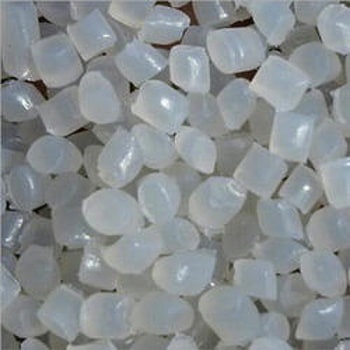
-UK researchers develop biopolymer recycling technique
Researchers at two universities develop chemical recycling technique for plant-based biopolymers.
Scientists at the Universities of Birmingham and Bath in the United Kingdom say they have developed a “faster, more efficient way” of recycling plant-based biopolymers or bioplastics. The research was funded by the U.K.-based Engineering and Physical Sciences Research Council. Petrochemicals Enzymes Circular Economy
The research team says its chemical recycling method not only speeds up the process, but can convert discarded bioplastics into a new product—a biodegradable solvent—that “can be sold for use in a wide variety of industries including cosmetics and pharmaceuticals.”
Bioplastics, made from polylactic acid (PLA), are used in products including disposable cups, packaging materials and toys. Typically, once they reach the end of their useful life, they are disposed of in landfills or composted, biodegrading over periods of up to several months, say the researchers.
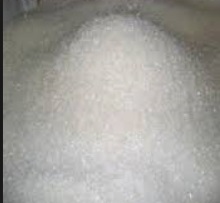
-Commercial recyclers feeling the impacts of COVID-19
Most volumes are down, even as businesses slowly reopen, meaning recyclers have to adjust.
While hospitals and health care facilities have remained open and active over the last two months, many other businesses, such as restaurants, schools and offices, have closed, which affects their demands for waste and recycling services. Those fluctuations in recycled materials volumes mean commercial recyclers, like Pittsburgh-based RoadRunner, must accommodate what clients need or don’t need right now.
For RoadRunner, the technology it created has helped the company better manage these changes in customer generation during the COVID-19 pandemic. “We’ve built technology where we can see weekly and daily fill rates on containers,” CEO and founder Graham Rihn says. That technology tells RoadRunner real time volumes for each customer as they generate materials. Petrochemicals Enzymes Circular Economy

-Recent nylon market brief analysis
With the restart and stabilized production of Tianchen Yaolong’s 350kt/year caprolactam plant, supply shortage in South China and Zhejiang province had been basically released, and the tightness in Jiangsu and North China market was also eased to some extent.
After contacting with producers, delivery and operation of CPL plants had been mostly returned to normal pace, and almost no inventory was accumulated so far. Spot CPL price trend stabilized while kept a high status in the week recorded May 18-22.
Nylon 6 chip plants had cut down production accordingly when CPL supply was drained for a period of time. Petrochemicals Enzymes Circular Economy
Operating rate of nylon 6 HS chip plants lowered from 67% to as low as 64% by May 20, and recovered to 66% by May 21; the run rate of CS chip plants dropped from 74% to 68% by May 21; the average run rate of nylon 6 chip plants in China lowered from 70.5% to as low as 66% by May 20 and returned to 67% by May 21.
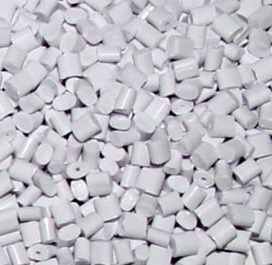
-Does rayon yarn market warm up?
More price enquiries were heard recently, and some products enjoyed better sales. From conventional yarn and fabric to colored yarns and high-count yarns all were sold at low level intensively. Petrochemicals Enzymes Circular Economy
Compared with the bearish sentiment in Mar-Apr when trades were thin despite low prices, high inventory has finally begun to decline which kindled the light of hope for the industry.
Lockdown in many countries eased in May, and major ports also showed signs of restarting. In addition to delivery of pre-cargos, some traders and dyeing mills began to purchase and produce stocks respectively.
It can be seen that what can affect and reflect the market is always the change in end-users demand.
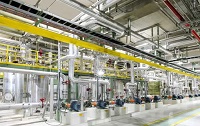
-Oerlikon’s new solution enables high-titer yarn production
Oerlikon Barmag, a technology and engineering company, is offering yarn manufacturers a highly-efficient solution: spinning concept with Wings HD winding unit in conjunction with automatic eAFK Big V Multispindle texturing machine. This is currently the only system on market for manufacturing excellent-quality high-titer yarns with maximum machine efficiency. Petrochemicals Enzymes Circular Economy
12 POY packages of up to 600d/576f (final) are produced in the spinning process using Wings HD 1800. This is made possible as a result of an additional godet, which ensures that the high yarn tensions developing in the process are reduced to the yarn tensions common in the case of the winding process to date. At the same time, the newly-developed suction unit with the accompanying yarn cutting device (yarn collecting system) ensures – both during string-up and in the event of a yarn break –reliable handling of the yarn with an overall titer of 7,200 den (final) and 6,912 filaments.
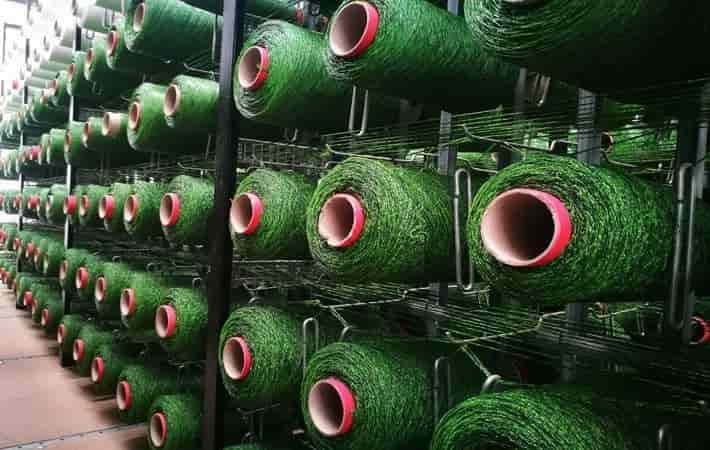
-Automotive manufacturing chooses carbon dioxide lasers
Carbon dioxide laser-processed components find their way into almost all areas of a typical vehicle.
Modern automotive manufacturing uses a broad range of different materials, including plastics, metals, textiles, glass, and rubber. High-end and luxury vehicles may feature state-of-the-art carbon fiber alongside traditional materials such as wood and leather. Processing such a diverse range of materials requires a versatile tool, and this is where the carbon dioxide (CO2) laser comes in. Invented in 1964, the CO2 laser is one of the oldest laser technologies, yet it remains a mainstay of modern manufacturing and finds a plethora of uses in the automotive industry. Petrochemicals Enzymes Circular Economy
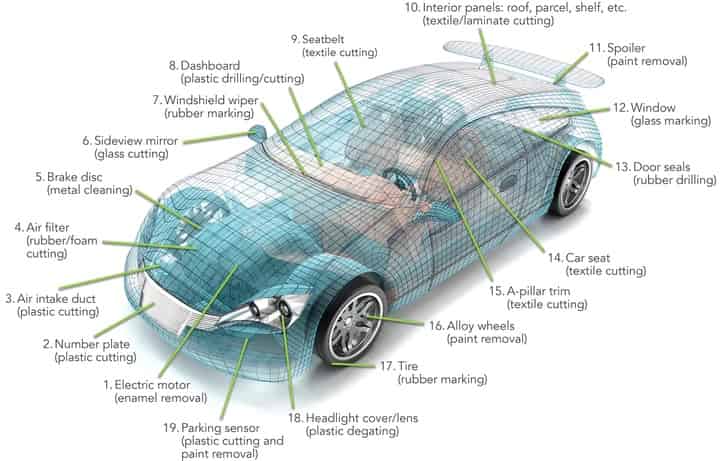
-Coca-Cola says its plastic bottles will be biodegradable by 2023
Drink-maker’s support in the Paper Bottle Project is a big win for the environment
Coca-Cola has said goodbye to plastic bottles. Petrochemicals Enzymes Circular Economy
The soft-drink maker has become one of many companies supporting the ‘Paper Bottle Project’, alongside the likes of Carlsberg and L’Oreal. The initiative aims to reduce plastic bottles entirely, in favour of plant-based biodegradable ones.
And the deadline to get rid of those plastic bottles is sooner than you think; Coca-Cola wants to go plastic-free by 2023 (within the next 24 months).
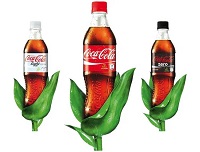
-Mexico probing links between former president, Baxter International
Mexico City — Mexican President Andrés Manuel López Obrador has ordered officials to investigate whether his predecessor Enrique Peña Nieto and his family benefited from multi-million-dollar contracts allegedly awarded by the Mexican government to health care company Baxter International Inc. Petrochemicals Enzymes Circular Economy
“We have to investigate if President Peña Nieto is involved and see how long the company has been operating, what contracts it received … if they were awarded directly, through tenders,” Lopez Obrador said at his May 20 daily news conference, according to Reuters.

Petrochemicals Enzymes Circular Economy
